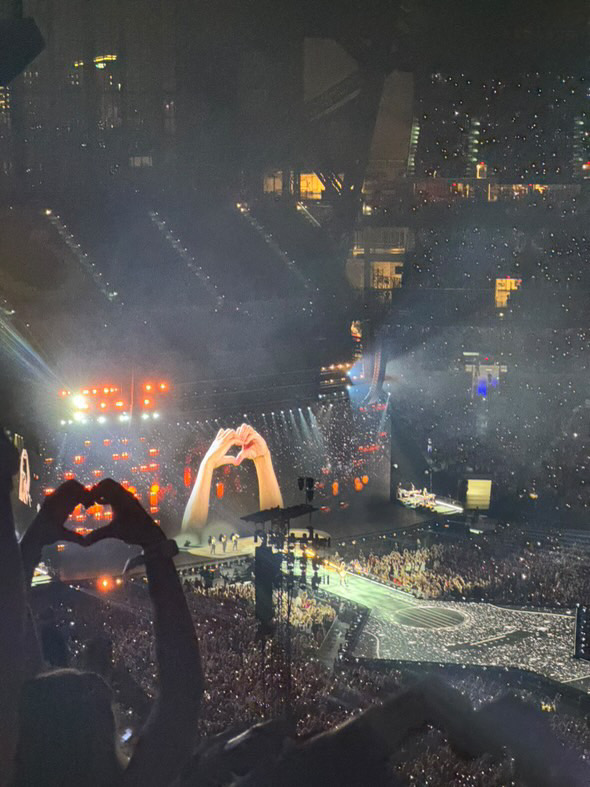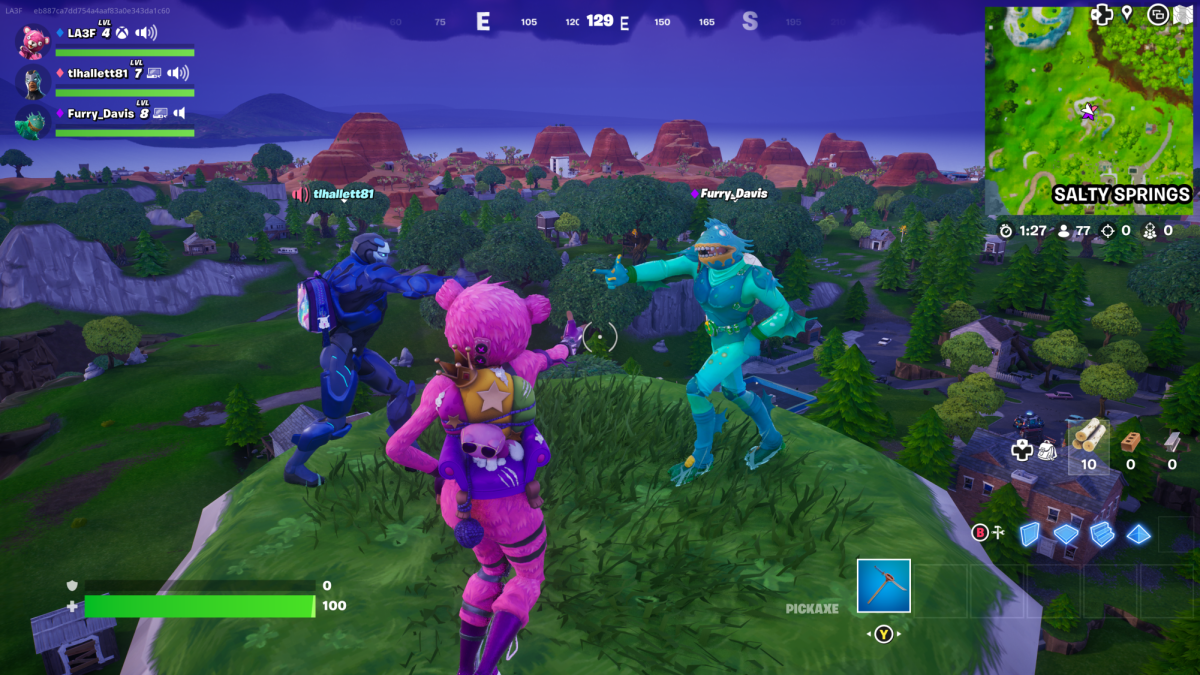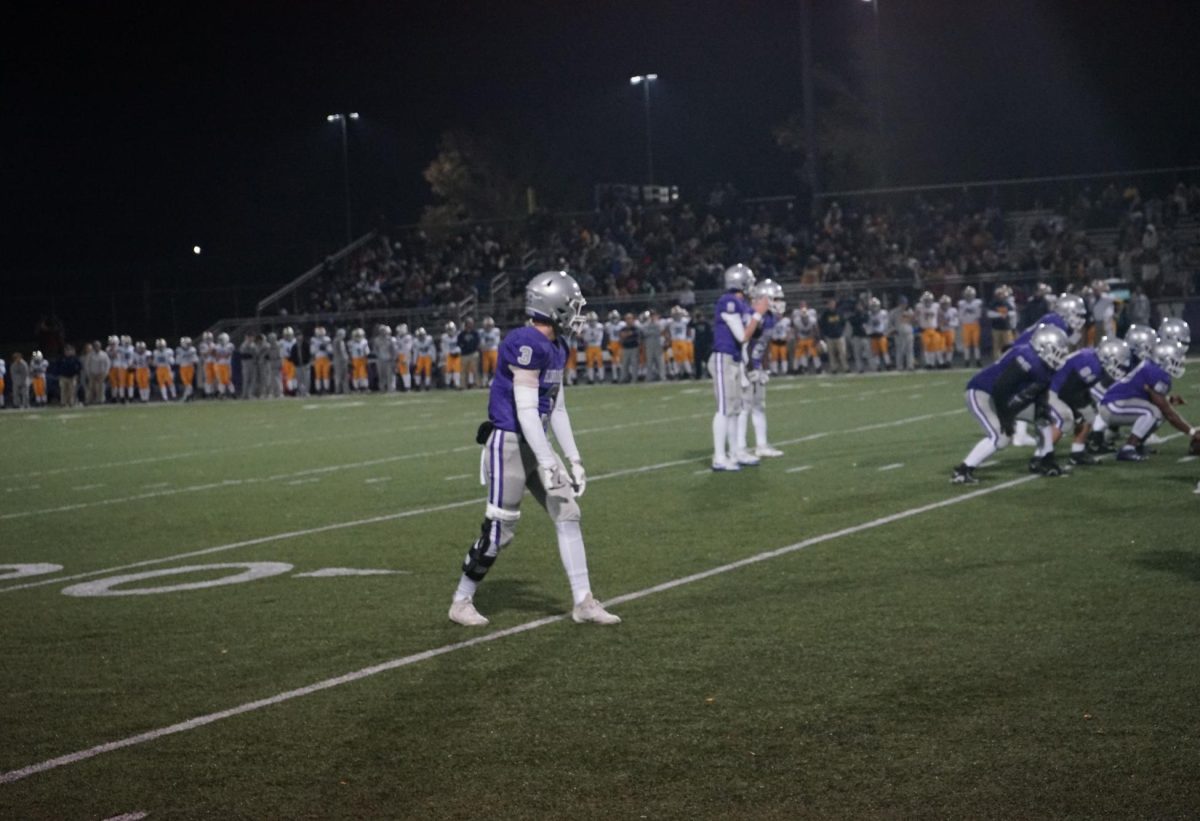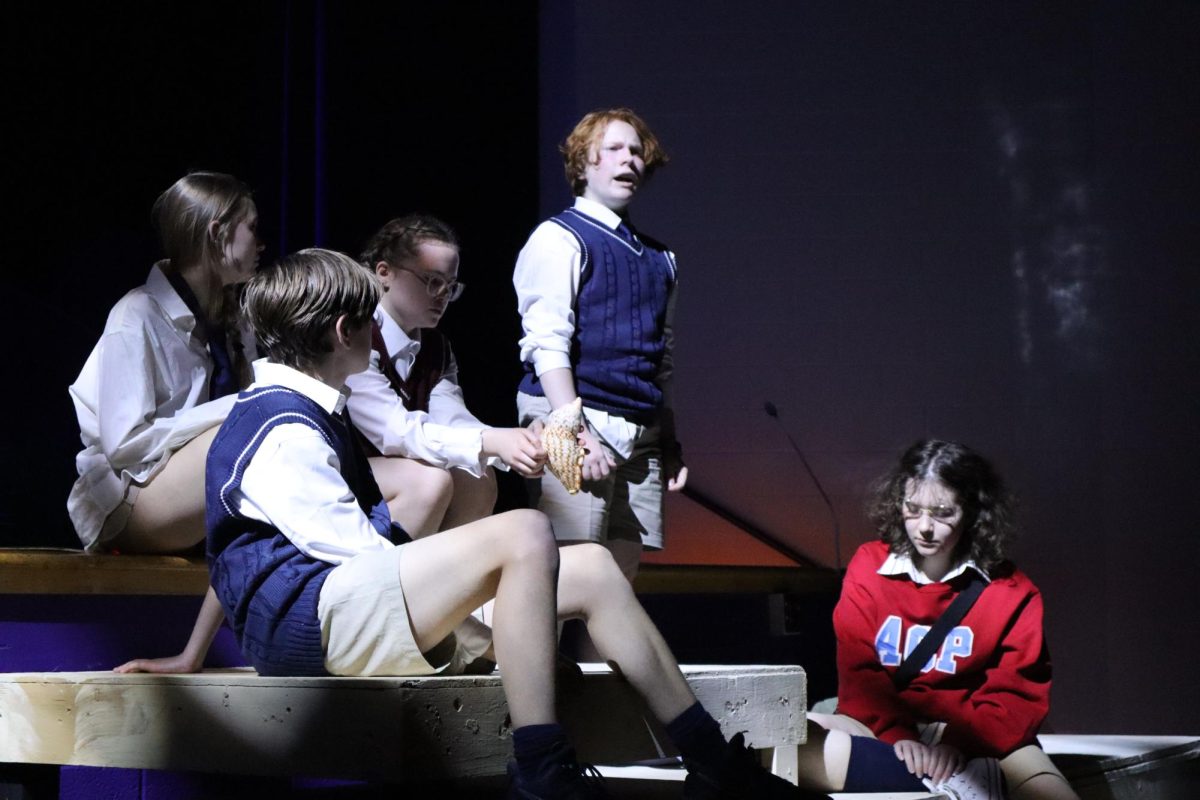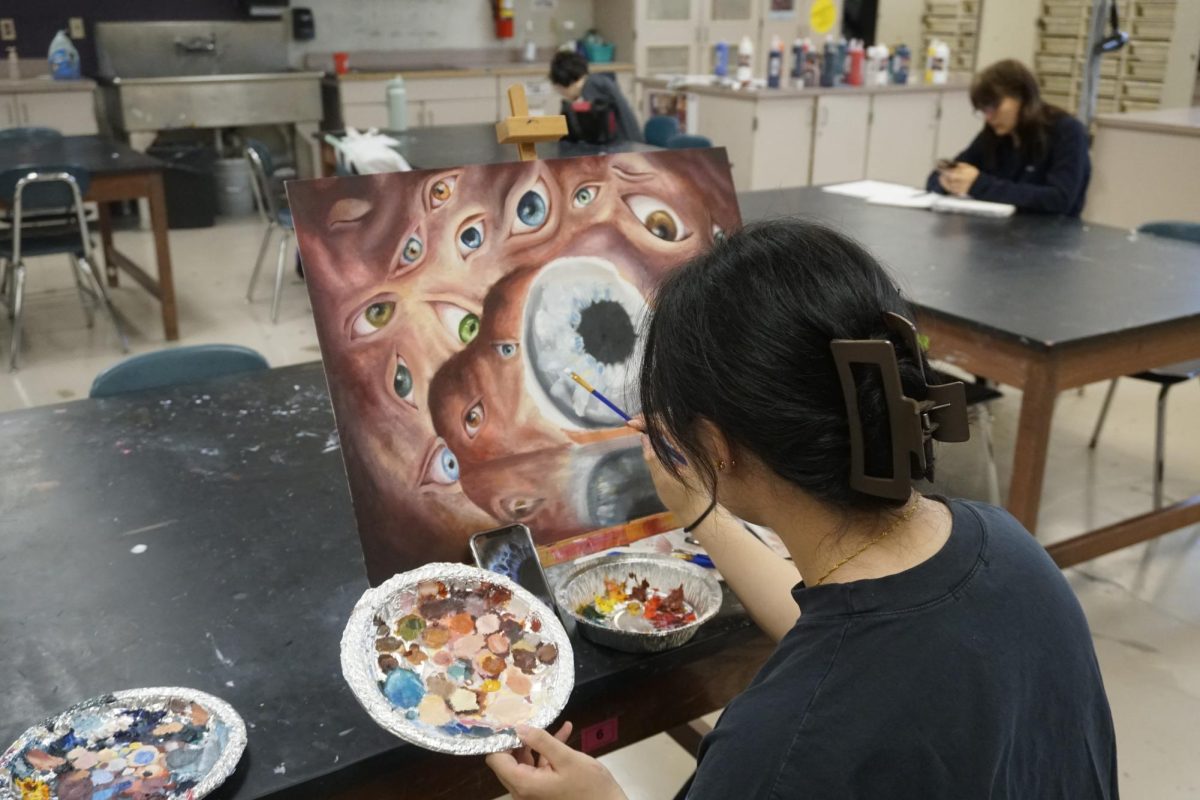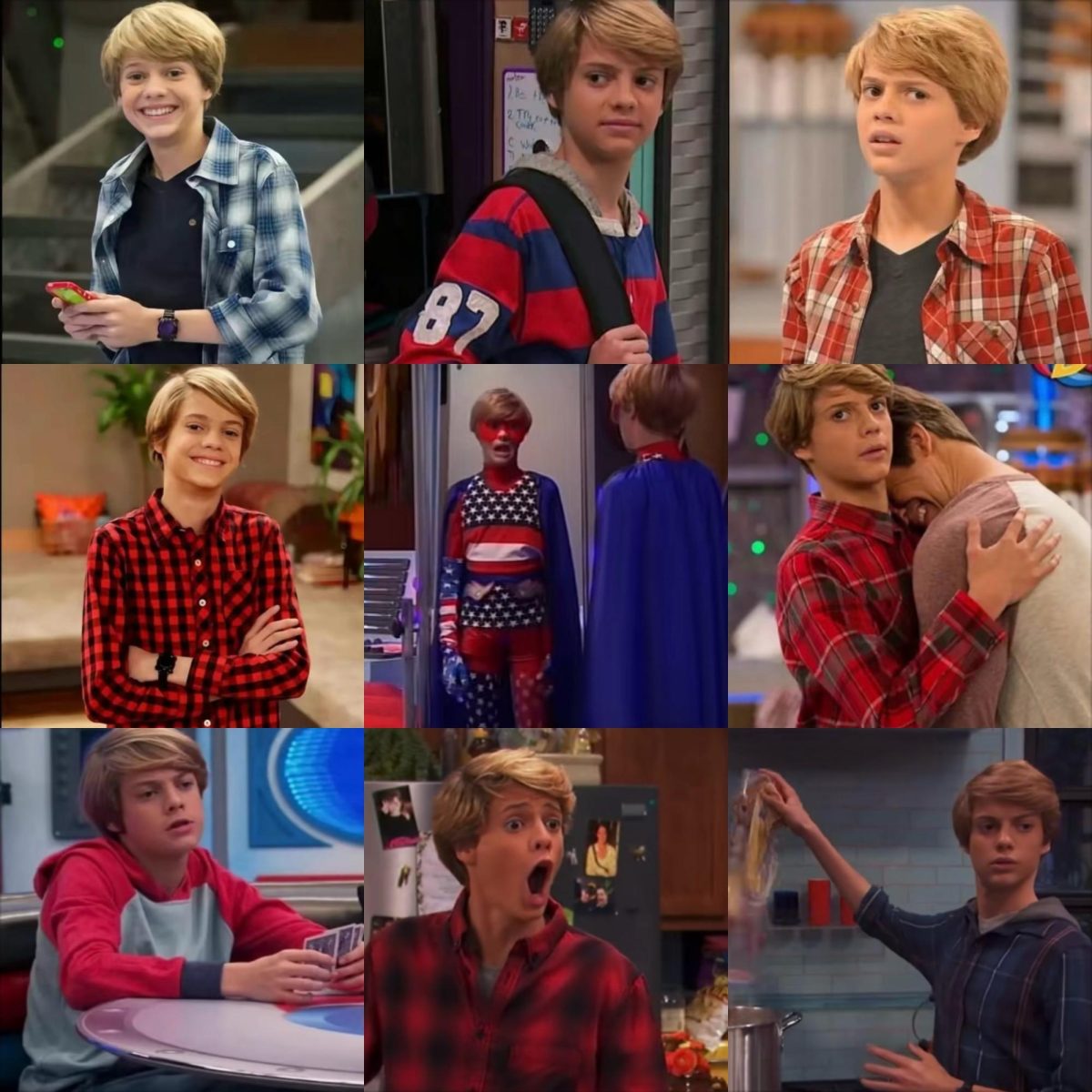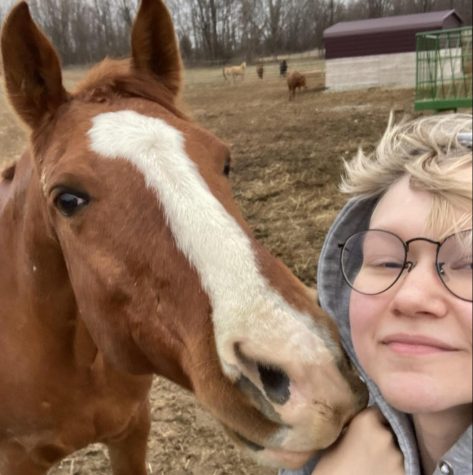After a whopping 13 years since the release of the first “Avatar,” director James Cameron had big shoes to fill when it came to the release of “Avatar: The Way of Water,” and with an estimated budget of $350-$460 million dollars, it’s become one of the most expensive movies to produce of all time. Naturally, I drove to the theater with high expectations, and I certainly wasn’t disappointed.
Cameron made good work in crafting the beautiful world of Pandora in the first movie, so I was curious to see how he’d expand. Quite frankly, he exceeded my expectations. Cameron completely changes the setting, moving from the lush jungle and floating mountainous structures to the vast blue sea and tropical islands. The ocean looks stunning throughout the entire movie. Every wave flows seamlessly and every piece of ocean flora looks perfectly placed. The flora itself is gorgeous and plot relevant, like the dense kelp forests which provide safety in a climactic scene and oxygen-providing plants which more than prove their worth throughout the movie. The fauna is even better crafted, especially the large whale-like creatures called Tulkun. While gorgeous beasts that move naturally in the water, they also have hefty relevance both to the plot, and the Na’vi of the sea.
I was awestruck by the amount of thought that went into the intricate difference between the Omatikaya (The forest dwelling Na’vi clan) and the Metkayina (The main oceanic Na’vi clan). While the people of Omatikaya have the features we’re familiar with from the series– dark blue skin, lanky bodies, and long tails used for balancing on the high up trees and rocks– the Metkayina look almost entirely different. Their features are adapted perfectly to the environment they’ve evolved into, like the slanted shoulder structure of a born swimmer, large hands, and flared tails to move the water. Their skin is even a lighter shade of blue. Every time I looked closely, I noticed some minuscule detail that impressed me more.
The theme of “Avatar: The Way of Water” seems to be large, so naturally that spills into its run time. When I saw the movie was a lengthy three hours and 12 minutes, I couldn’t help but hope for a satisfying pace when it came to plot progression. (This is an issue I find with a lot of movies. They move too fast.) While there were some moments where I became concerned that it wouldn’t be the case, by the end of the movie I was happy. For the nature of the plot, it progressed at a pace which felt natural to the start and end points. And speaking of the plot, the plot itself was decent. There was never much surprise as to what was going to happen aside from a few minor moments, but even those didn’t take me much off guard at any point.
Besides visuals and world development, where I believe the movie also excelled is in parts of its characters, their development, and the dynamics they share. While some characters fell flat and/or bland (I’m looking at you, Neteyam.) others quite frankly excelled. The raw emotion they manage to show through Neytiri at times is breathtaking, especially through the inhuman expressions exhibited through the tail and ears. The movie also does a fantastic job with the new character’s Kiri and Lo’ak. Kiri introduces the concept of an Avatar-Na’vi hybrid, with her own emotional strain and outlook on life, while Lo’ak takes center stage in a few major events, and is cemented into having major character development within the next few movies.
I highly recommend “Avatar: The Way of Water” to anyone and everyone. Even if long movies aren’t your thing, the stunning visuals and captivating design are sure to keep you captivated.
